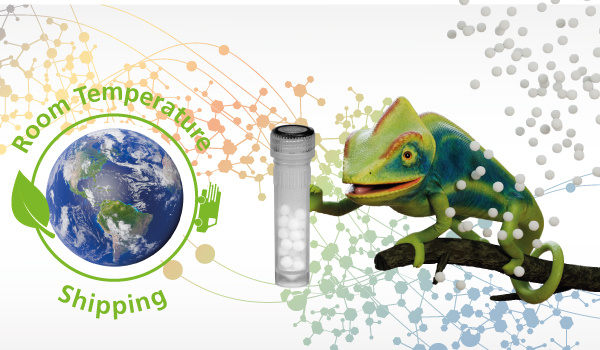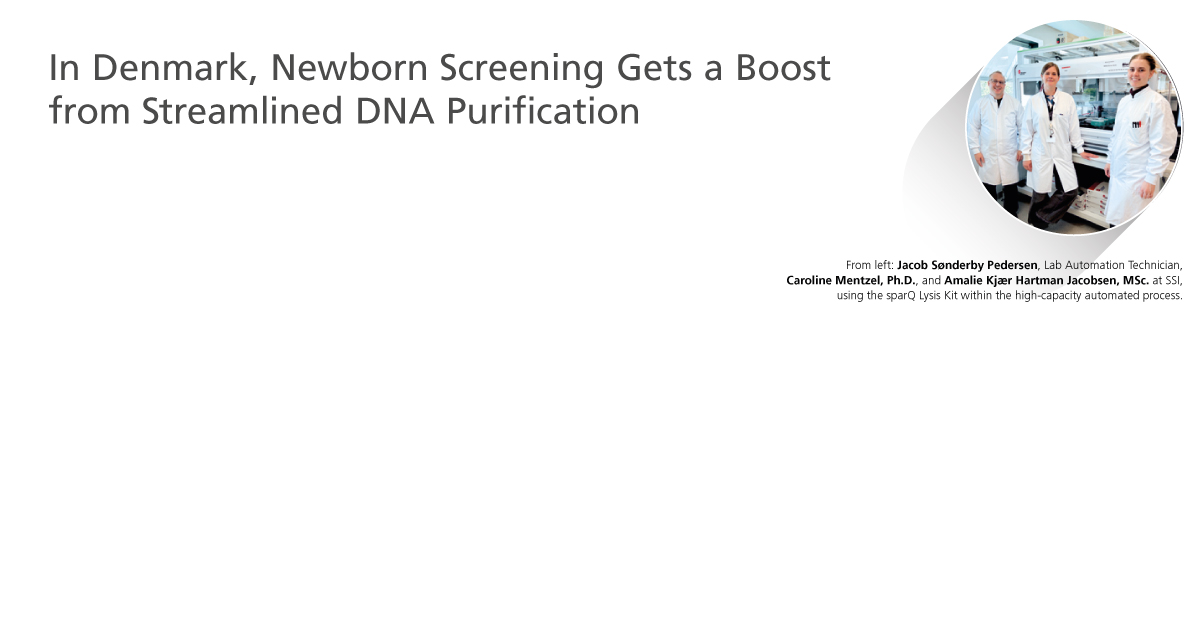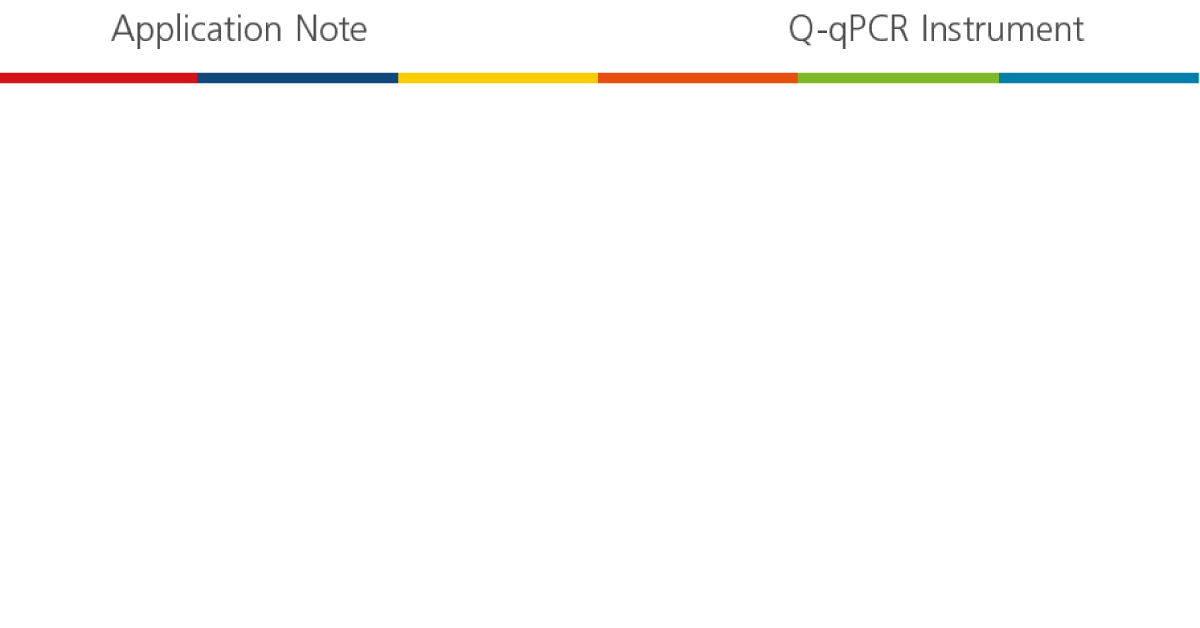For High-Throughput Sequencing, You’ll Need High-Throughput Library Prep
Back before the Broad Institute was, well, the Broad Institute, it was the Whitehead Institute/MIT Center for Genome Research, home to one of the world’s first industrial-scale DNA sequencing facilities. (We still remember those rows and rows of Sanger instruments!) At the time, a lot of scientists thought that kind of sequencing capacity would never exist outside a handful of institutions.
Fast-forward to today, and countless labs now have sequencing operations that rival the throughput of those early genome centers. Thanks to technology innovations, drastically falling prices, and nearly ubiquitous access, high-throughput sequencing is a capability well within reach for scientists.
If high-throughput operations are part of your work plan, you need to think not just about sequencing capacity but also about matching your sequencer setup with equally scalable prep protocols. That’s why we designed our widely used sparQ DNA Frag & Library Prep kit to work in a 384-well format, compatible with liquid handlers and other automated setups.
We’ve demonstrated this scalability in an application note that shows how we implemented and validated our sparQ DNA Frag & Library Prep kit for enzymatically fragmenting genomic DNA and preparing libraries in a high-throughput, 384-well format.
Here are some highlights from our results:
-
We evaluated tunable fragmentation to optimize for sample type and desired sequencing configuration, finding that both 100 ng and 50 ng inputs had a linear response to various fragmentation times in reduced reaction volumes.
-
We determined a baseline fragmentation time to compare with the 96-well format; libraries prepared in 384-well format with 20 minutes or 24 minutes of fragmentation time produced similar yields with six cycles of PCR compared to libraries generated with the 96-well format and five amplification cycles.
-
We assessed protocol consistency and found similar insert sizes with our test library across a large number of samples. In addition, the libraries we evaluated led to high-quality, consistent sequencing data.
The DNA Frag & Library Prep kit is a good match for whole genome sequencing, whole genome amplified single cell sequencing, and amplicon sequencing. If you’re performing any of those techniques at scale, we encourage you to learn more about the kit or contact us to find out if it’s a good fit for your research needs.
Recent posts
Subscribe to Our Blog
Read More

APHL Symposium Highlighted Importance of Robust Tools for Newborn Sequencing



